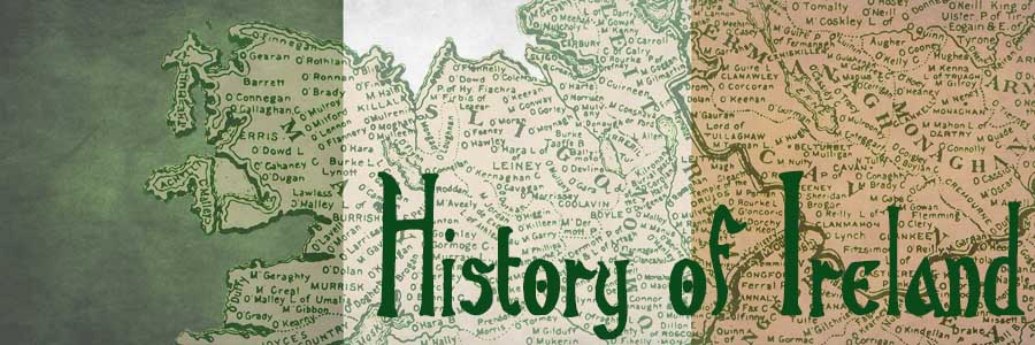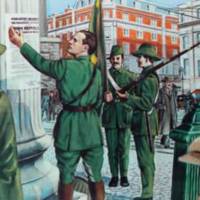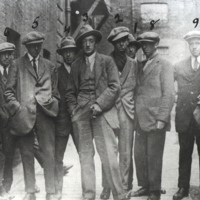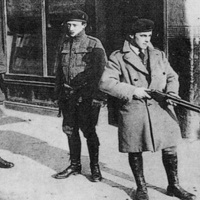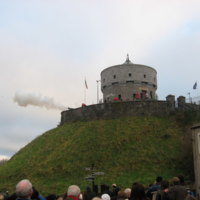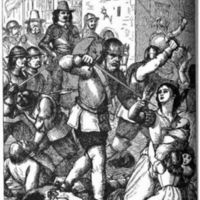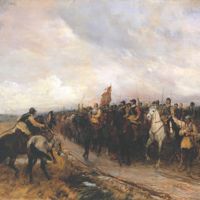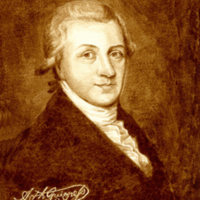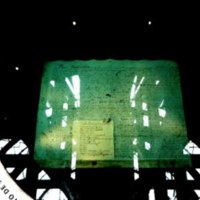Browse Items (60 total)
Sort by:
The Easter Rising
Artist depiction of The Easter Rising. The Rising was led by Irish republicans with the intent of ending British rule in Ireland. Their goal was to create an Irish Republic while Britain was involved in World War I. It was the most significant…
Tags: Britain, Easter Uprising, Ireland, Politics, War
Cairo Gang
The Cairo Gang were undercover British spies who provided information to the British on activities of the Irish Republican Army. Many of these men were assassinated on21 November 1920.
Tags: Britain, Cairo Gang, Ireland, Politics, War
Arthur Guinness
Arthur Guinness was born in 1725 in Celbridge, Kildare. His God father was Arthur Price the Archbishop of Cashel, who subsequently Arthur Guinness was named for. When the Archbishop died in 1752 he left Arthur and his father £100 each. With this…
Tags: 9000 Year Lease, Beer, Dublin, Guinness, St. James's Gate
9,000 Year Lease
Arthur Guinness signed a 9,000 year lease for the brewery at St. Jame's Gate. The rent was £45 per year for the establishment. The brewery was rundown and had been on the market for ten years. It covered four acres of land and had its own water…
Tags: 9000 Year Lease, Beer, Dublin, Guinness, St. James's Gate
